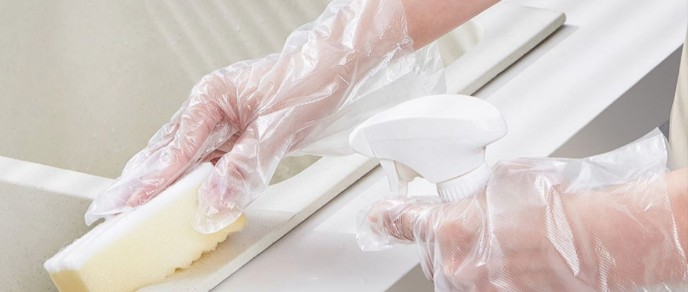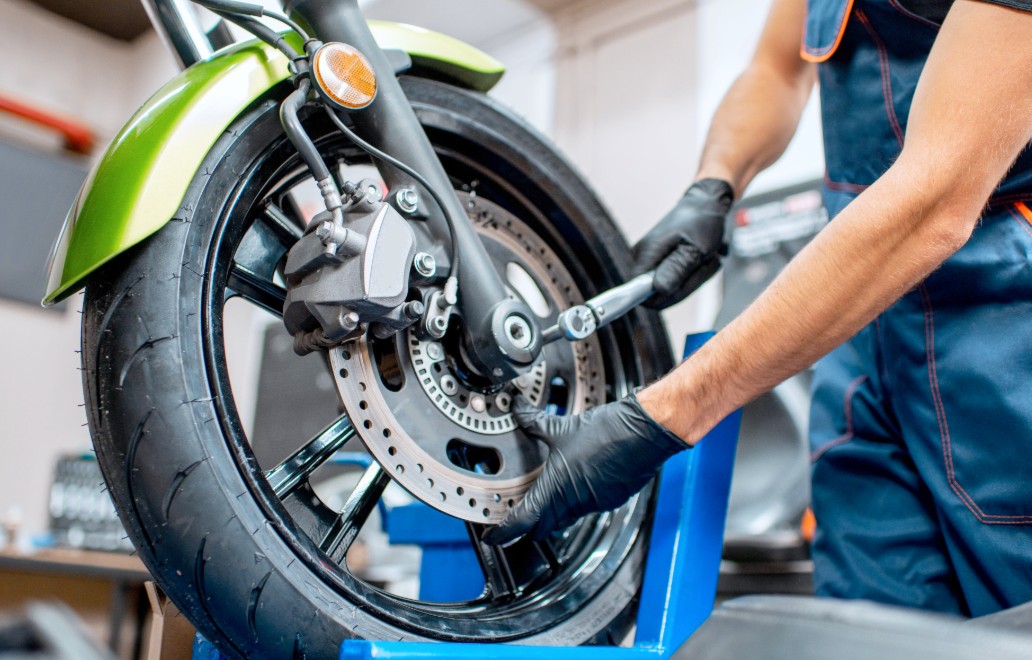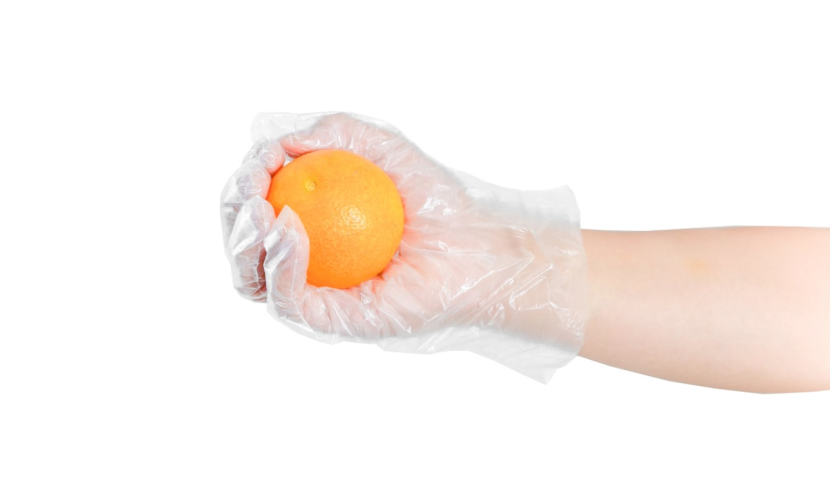Glove products
What is the difference between HDPE and CPE gloves
Disposable gloves are indispensable in many industries, serving as a critical barrier between our hands and potential contaminants. Two of the most popular options, HDPE and CPE gloves, often confuse many people because of their similar-sounding names and appearance. Understanding the differences between these types of gloves is paramount in choosing the right hand protection for users’ hands. This article will compare and contrast HDPE gloves with CPE gloves to help you decide based on safety and effectiveness.
What Are HDPE Gloves?
HDPE stands for High-Density Polyethylene. It is a thermoplastic polymer that is hard and strong. HDPE gloves are also referred to as poly gloves. HDPE gloves are blown through machines. These are the cheapest disposable gloves available in the market and are usually thinner and weaker compared to other varieties. HDPE gloves are light-weight and cheap, hence, feasible for short-term usage. Their smooth surface makes them ideal for food handling while their loose fit makes them easy to wear and remove.
What Are CPE Gloves?
CPE, or Cast-Polyethylene, represents yet another advance in the technology of disposable gloves. Like HDPE gloves, CPE gloves are made from polyethylene, but they are manufactured in a casting film machine that heats the material to a higher temperature than the blowing machines. This produces a glove that is thicker and stronger than HDPE gloves, with better elongation and tensile strength.
The reason why CPE gloves are so popular in the food industry is that they are cheap, easy to wear, not easily broken, strong enough, and food-safe. However, they are not as soft as TPE gloves and the elongation is not as good as TPE gloves because of the material issue.
HDPE vs. CPE: Key Differences and Considerations
While both HDPE and CPE gloves provide protection, the key differences between the two help decide the best choice for specific applications: ·
Manufacturing Process: HDPE gloves are manufactured by stamping film from a blowing machine, whereas CPE gloves are manufactured from casting film. The various manufacturing processes account for the properties of the two glove types being different.
Thickness and Strength: HDPE gloves are usually thinner and less durable than CPE gloves. The chlorination process involved in the manufacture of CPE gloves makes them stronger and more resistant to tears and punctures.
Embossing: Almost all the HDPE gloves embossing is present one way, only in one side while on the CPE gloves; this may be available in both sides with the embossed depth on the both side with both-way grip. Where it provides extra tactile grip which would be relatively more prone to punctures.
Elasticity and Fit: CPE gloves are softer and fit well in contrast to the HDPE ones. The chlorination process enhances flexibility, making it form-fitting and comfortable in wearing for a long period of time.
Chemical Resistance: CPE offers better chemical resistance compared to the one made of HDPE. Through the chlorination process, durability is enhanced as exposure from different chemicals and solvents is prevented.
Choosing the Right Glove: HDPE or CPE?
What Factors Should You Consider When Choosing HDPE and CPE Gloves?
When you decide to use HDPE or CPE gloves, the type of task is of essence. HDPE gloves are the best for jobs that involve the least level of hazard from coming into contact with dangerous materials, including food service or handling non-hazardous items. CPE gloves are ideal for jobs that require increased durability and resistance to chemicals, including chemical handling or working with sharp objects. They also have better dexterity and comfort, especially for jobs requiring extended wear.
How Long Will You Be Wearing the Gloves?
The other important aspect is the period of use. HDPE gloves, being thinner, are best suited for short-term tasks. For longer durations or tasks involving significant wear, CPE gloves are a better choice, as their thicker and stronger construction provides extended protection and comfort.
INTCO Medical: Your Trusted Partner for High-Quality HDPE and CPE Gloves
INTCO Medical, a global leader in disposable glove manufacturing, provides an extensive range of HDPE and CPE gloves tailored to meet diverse industry needs. With a commitment to quality and innovation, INTCO Medical ensures its gloves adhere to the highest safety standards, delivering reliable hand protection.
INTCO Medical’s HDPE Gloves: Reliable Protection for Everyday Tasks
INTCO Medical’s HDPE gloves are processed with top-level polyethylene material for paramount performance in barrier protection against contaminants. They are ideal for applications like food service, light cleaning, and general handling of nonhazardous materials.
INTCO Medical’s CPE Gloves: Superior Protection and Comfort
INTCO Medical’s CPE gloves are protective and the epitome of comfort and durability in performance. This assures flexibility by chlorination with excellent puncture and chemical resistance to effectively protect hands from food processing, or industry work.
By choosing INTCO Medical‘s HDPE and CPE gloves, you can be confident in the quality and safety of your hand protection.




























